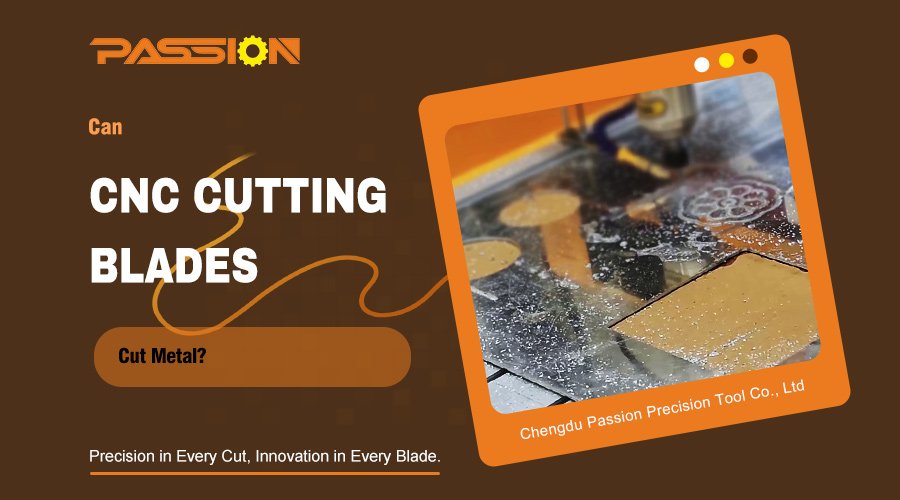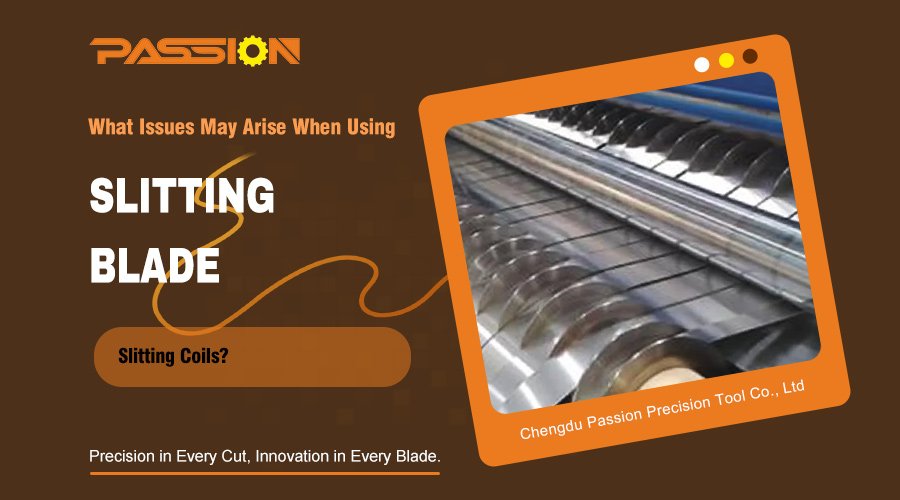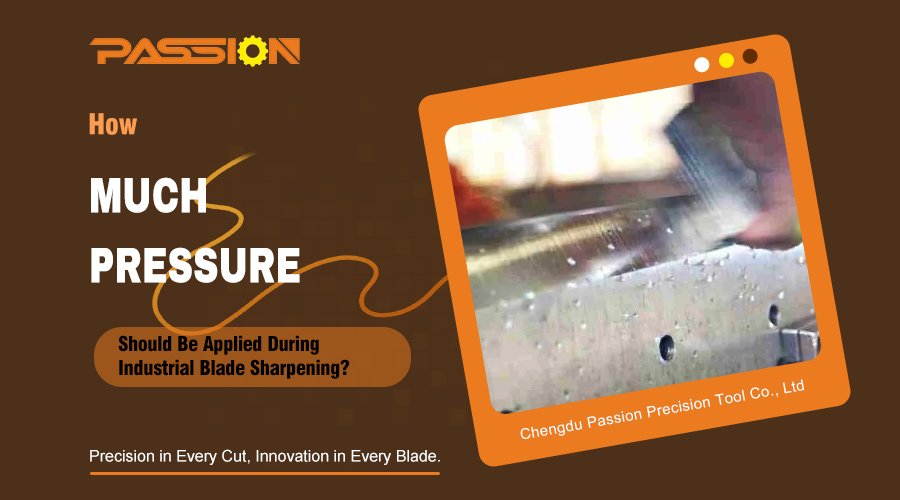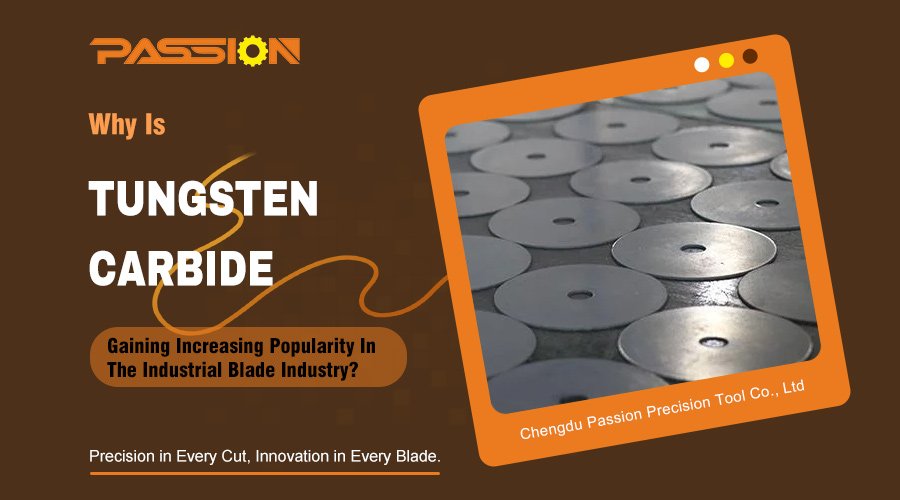Abrasives are essential in industries requiring precision cutting, grinding, or polishing. Understanding the different types of abrasives is key to selecting the best one for the task at hand. While the variety of options can seem overwhelming, this guide focuses on the four primary types of abrasives to simplify your decision-making.
The four main types of abrasives are Aluminum Oxide, Zirconium, Silicon Carbide, and Ceramic. Each type offers distinct characteristics and applications, ranging from heavy-duty grinding to fine polishing. Selecting the right abrasive ensures maximum efficiency and optimal results for your projects.
Let’s explore each abrasive type, their unique features, and applications, and how they contribute to industrial and commercial success.
What Are Aluminum Oxide Abrasives And Their Uses?
Aluminum Oxide is one of the most widely used abrasives in the world due to its durability, toughness, and versatility. It is commonly found in applications ranging from grinding to polishing and is effective across various materials, including metals, hardwoods, and plastics.
Key Benefits:
Highly durable, making it long-lasting.
Effective for general-purpose grinding and polishing.
Suitable for a broad range of materials, including steel, wood, and rubber.
Its adaptability and affordability make Aluminum Oxide a go-to choice for many industries.
Why Choose Zirconium Abrasives For Tough Jobs?
Zirconium abrasives are known for their heat resistance and long-lasting performance, making them perfect for high-pressure applications and tough grinding jobs. They are especially effective for sanding metals and heavy-duty industrial tasks.
Key Features:
Exceptional heat and wear resistance.
Ideal for grinding and sanding hard surfaces like steel.
Outperforms other abrasives in heavy-duty applications.
Zirconium is a popular choice in metalworking, offering efficiency and durability in demanding environments.
How Does Silicon Carbide Stand Out As The Hardest Abrasive?
Silicon Carbide is one of the hardest synthetic abrasives available, prized for its sharpness and strength. It is frequently used in precision cutting and polishing applications for brittle materials like ceramics, glass, and stone.
Advantages:
Extreme hardness and sharpness for precise cutting.
Excellent performance on hard, brittle surfaces.
Ideal for applications requiring fine finishes.
Silicon Carbide’s sharp edges make it a top choice for tasks requiring precision and efficiency.
What Makes Ceramic Abrasives Perfect For Fine Finishes?
Ceramic abrasives are engineered to provide consistent performance and long-lasting results. They are self-sharpening, allowing for extended use without compromising efficiency, and are ideal for achieving fine finishes in sanding and grinding.
Benefits:
Self-sharpening for consistent performance over time.
Reduced heat buildup during operation.
High durability for prolonged use.
Ceramic abrasives are particularly valued for their ability to deliver a smooth and professional finish.
What Are The 4 Types Of Abrasives For Steel And Metal Applications?
For steel and metalworking, the choice of abrasive can significantly influence the quality and efficiency of the process. Here’s how the four types of abrasives are typically used:
Aluminum Oxide: Ideal for general-purpose grinding and surface preparation of metals.
Zirconium: Best suited for heavy-duty grinding and sanding of steel.
Silicon Carbide: Excels in precision cutting and intricate designs in metalwork.
Ceramic: Optimal for achieving smooth finishes on metal surfaces.
Each type offers unique advantages, making it important to select the right one based on the task.
What Are Examples Of Natural Abrasives Vs. Synthetic Abrasives?
Abrasives can be broadly categorized into natural and synthetic types. Natural abrasives, such as diamond and corundum, are sourced from nature, while synthetic abrasives are engineered for specific purposes, offering greater consistency and control.
Examples:
Natural Abrasives: Diamond, emery, garnet, and corundum.
Synthetic Abrasives: Aluminum Oxide, Silicon Carbide, Zirconium, and Ceramic.
The choice between natural and synthetic abrasives depends on the application, with synthetic options often providing more predictable and efficient results.
What Are The Uses Of The 4 abrasives?
To summarize, here are the four primary types of abrasives and their key applications:
1. Aluminum Oxide: Versatile and durable, suitable for general grinding and polishing.
2. Zirconium: Best for heavy-duty tasks, particularly in metalworking.
3. Silicon Carbide: Ideal for precision applications involving brittle materials.
4. Ceramic: Designed for fine finishes and consistent performance.
Choosing the appropriate abrasive ensures efficiency, quality, and a professional finish for any project.
Abrasives play a critical role in achieving precision and efficiency across industries. The four main types—Aluminum Oxide, Zirconium, Silicon Carbide, and Ceramic—offer distinct benefits for various applications. By understanding their unique properties and uses, you can select the perfect abrasive for your needs, ensuring optimal results every time.








